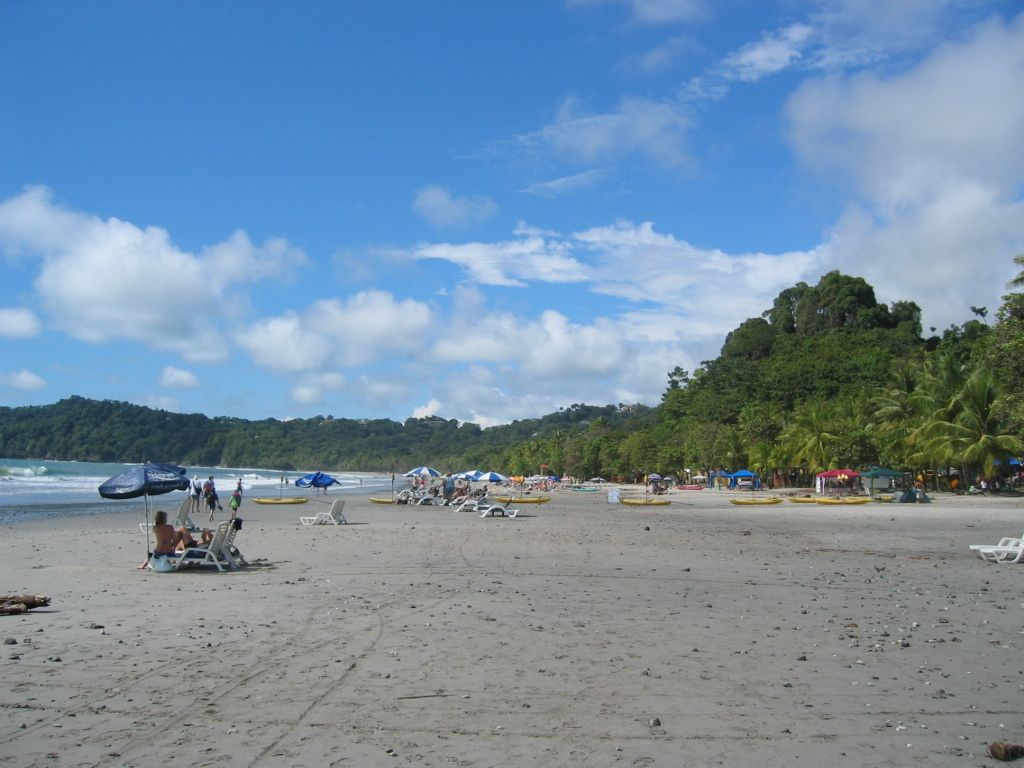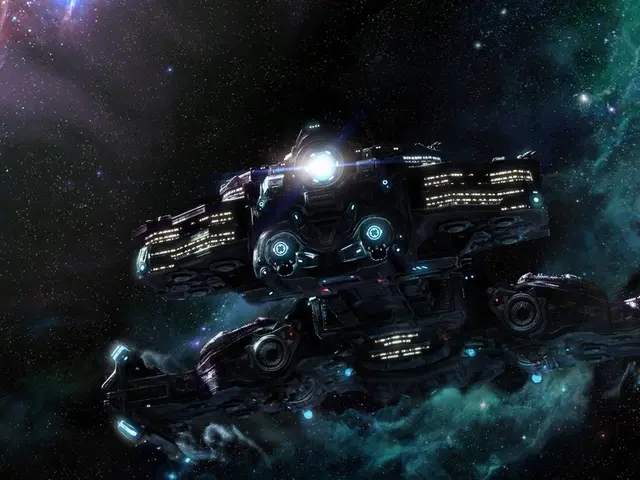Planetary life findings and scrutinizing a supposedly non-essential female anatomy in the latest scientific reports.
Peeking Into Alien Worlds - A Space Journey
Get ready for a sci-fi adventure as we navigate the galaxy to a potentially life-harboring planet, K2-18b!
Although it may seem like Mission Impossible due to its 124 light-year distance from Earth, humanity isn't giving up the chase! Using a powerful tool known as the James Webb Space Telescope (JWST), scientists have been examining the chemical makeup of K2-18b's atmosphere.
Intriguingly, JWST discovered the presence of two peculiar chemicals - dimethyl sulfide (DMS) and dimethyl disulfide (DMDS). While these chemicals are typically produced by certain microbes and algae on our planet, it's not certain if their origin on K2-18b is biological or not.
However, it seems the original findings might have been a false alarm. Further investigations and data analyses have failed to conclusively prove the existence of these life-related molecules on the alien world. The jury is still out on whether K2-18b truly hosts extraterrestrial life, but scientists are determined to continue their exploration.
'Useless' Organ has a Vital Role
In another fascinating discovery, researchers took a second look at the infamous rete ovarii (RO), a horseshoe-shaped structure found under the ovaries, previously dismissed as "useless." To everyone's surprise, they found that the RO may support female fertility! By identifying three distinct regions within the appendage and detecting sex hormone receptors, this organ is raising appreciation for the female anatomy.
'Little Green Microbes' - An Intro to K2-18b
Once deemed a promising candidate for hosting extraterrestrial life, K2-18b is a fascinating world worth knowing. Orbiting its star in the "habitable zone," K2-18b is thought to be a Hycean world, with a water ocean and a hydrogen-rich atmosphere. Initially, astronomers detected methane (CH4) and carbon dioxide (CO2) in its atmosphere, with hints of DMS and DMDS following suit. However, the latest observations didn't meet the necessary statistical certainty to confirm the existence of the intriguing compounds.
For these recent findings to be accepted as definitive evidence of life-related molecules, researchers estimate that around 25 more observations using JWST would be needed. As we eagerly await future developments, the hunt for extraterrestrial life continues, and the universe is vast, full of potential discoveries yet to be made!
Sign up for our website's daily newsletter to stay updated on the latest in science, technology, and astrology - the final frontier!
1) In the arena of medical-conditions and health-and-wellness, a previously dismissed organ, the rete ovarii, has been found to play a crucial role in supporting female fertility.
2) The ongoing investigation of K2-18b, a Hycean world in the "habitable zone," has revealed the presence of methane, carbon dioxide, and hints of dimethyl sulfide and dimethyl disulfide in its atmosphere.
3) While environmental-science has been working to understand climate-change and its effects on our planet, the implications of this discovery could potentially redefine our understanding of life beyond Earth.
4) The study of neurological-disorders and mental-health remains a pressing issue for medical professionals, with women's-health issues such as menopause being an important focus.
5) In the field of skin-care, recent advancements in cosmetic and dermatological research are revealing new insights into maintaining healthy and youthful skin. Mirroring this growth, the world of space-and-astronomy continues to expand with the unraveling of K2-18b's secrets, hinting at the presence of life-related molecules.








